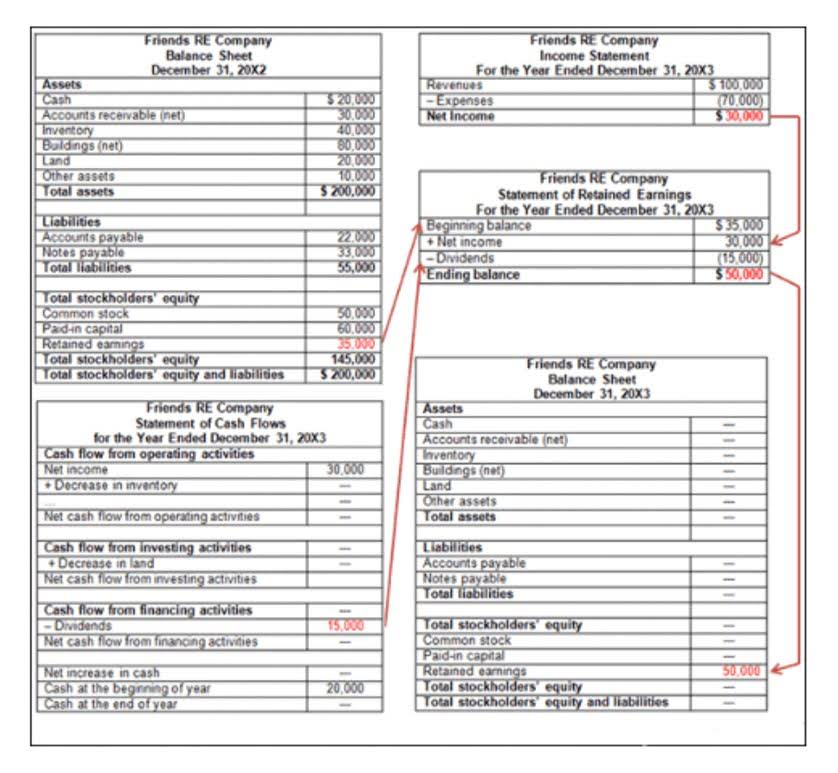Content
- Time and a Half for Salaried Workers
- About the Labor Commissioner’s Office
- Administrative Overtime Exemptions
- Break rights
- What About Time Off in Lieu (TOIL)?
- Overtime Pay and What It Means for Your Workers
- Ways to Manage Shifts at your Small Business
- C.F.R. 778.419 – Hourly workers employed at two or more jobs.

We’ll explore overtime pay and what every small business owner should know to fulfill legal obligations and correctly compensate their employees. Except for certain states that require premium pay daily, overtime is calculated by the workweek. According to the FLSA, a workweek is a fixed and regularly recurring period of 168 hours or seven consecutive 24-hour periods. It may begin on any day of the week and at any hour of the day and is not impacted by an employee’s pay frequency, e.g., bi-weekly, semi-monthly, monthly. Additionally, each workweek stands alone, which means that averaging hours worked over two or more workweeks is not permitted. Overtime laws in Florida and nationally are designed to prevent workers from being exploited by their employers, with hourly wage earners (particularly those in blue-collar indistries) being the primarily protected group.

To arrive at their regular rate, divide the number of hours worked in the workweek into the amount of the salary to obtain the applicable hourly rate for the week. If your job is eligible for overtime protection under Florida and Federal overtime law as described above, your employer is required by law to pay you an overtime premium for all qualifying overtime hours worked. If your employer owes you overtime pay, a Department of Labor office in Florida will work with you to ensure you receive your fair wages for all hours worked. Yes, there are certain types of payments that are excluded from the regular rate of pay. Overtime payments made to nonexempt employees are a type of payroll record and, thus, must be retained for at least three years in accordance with the FLSA. Additionally, the timesheets or other documents that show how the wages were calculated have to be saved for at least two years. Some states have their own payroll recordkeeping requirements, which may span longer time periods than those required by the FLSA.
Time and a Half for Salaried Workers
Note that certain states do not permit the fluctuating workweek calculation method. We provide payroll, global HCM and outsourcing services in more than 140 countries. Whether you operate in multiple countries or just one, we can provide local expertise to support your global workforce strategy. The Fair Labor Standards Act recognizes executive, administrative, professional, outside sales, and some computer employees as exempt. Exempt classification is on a case-by-case basis and is not based on the job title of the employee.
Is overtime paid in Netherlands?
Law does not regulate overtime, so employment contracts or collective bargaining agreements establish the rates – usually either 50% or 100% of pay or time off). For higher personnel, overtime is typically deemed to be part of their salary.
For example, if you work 32 to 38 hours each week, there is an agreed average workweek of 35 hours, and thirty-five hours is the figure used to determine the regular rate of pay. However, in circumstances where the workweek is less than 40 hours, the law does not require payment of the overtime premium unless the employee works more than eight hours in a workday or more than 40 hours in a workweek. If you work more than 35 but fewer than 40 hours in a workweek, you will be entitled to be paid for the extra hours at your regular rate of pay unless you work over eight hours in a workday or 40 hours in a workweek. Using the time-and-a-half rule of thumb, you’d calculate overtime pay by multiplying an employee’s hourly rate by 1.5 and then multiplying the result by the number of overtime hours they worked. You then add that total to the amount they make within a 40-hour workweek. Calculating overtime pay is usually easiest with hourly employees who have a single rate of pay and no additional compensation. Following FLSA rules, multiply the regular rate of pay by 1.5 and multiply the result by the total number of overtime hours worked.
About the Labor Commissioner’s Office
Whether you are an employee or independent contractor depends on a variety of factors that relate to the level of control that your employer has over your work. If you suspect that you have been misclassified as an independent contractor, please contact the Labor Bureau using our complaint form.
What is the “regular rate of pay”?
The “regular rate of pay” is used as the basis for calculating overtime pay for nonexempt employees in California. Overtime is paid at 1 ½ times to 2 times the regular rate of pay. When the regular rate of pay is not calculated correctly, the employee may not be receiving the correct overtime pay rate.
Leave payroll and taxes to the experts so you can focus on your business. We help you stay updated on the latest payroll and tax regulations. Discover a wealth of knowledge how to calculate overtime pay to help you tackle payroll, HR and benefits, and compliance. Use the Okun’s law calculator to study the relationship between the output gap and cyclical unemployment.
Administrative Overtime Exemptions
Half-time rate – multiply the combined regular rate of pay by .50. The regular rate of pay includes all components of the pay agreement, except for very narrowly-defined premium pay outlined in Section 207 of the FLSA. Here are some examples of calculating overtime under federal law. Always check to ensure calculations comply with both federal and state law.
- Attract top talent, develop employees, and make better decisions with actionable data.
- Laws regarding exempt versus nonexempt status vary slightly from state to state, so check your state’s specific requirements.
- The federal Fair Labor Standards Act requires employers to pay non-exempt employees 1.5 times their “regular rate of pay” for all hours worked over 40 in a workweek.
- Under federal law, to calculate a nonexempt employee’s regular rate of pay, divide the weekly salary by the total number of hours worked.
- In this example, the employee’s hourly rate of basic pay ($63.43) is greater than the GS-10, step 1, hourly rate of basic pay multiplied by 1.5 ($51.41).
- Andrew Martins has written more than 300 articles for business.com and Business News Daily focused on the tools and services that small businesses and entrepreneurs need to succeed.
Most of the time, calculating just how much overtime is due is relatively easy. It can be complicated in some situations, however, depending on how compensation is given to the employee. The regular pay rate is simply the total hourly rate for normal hours during the week.
